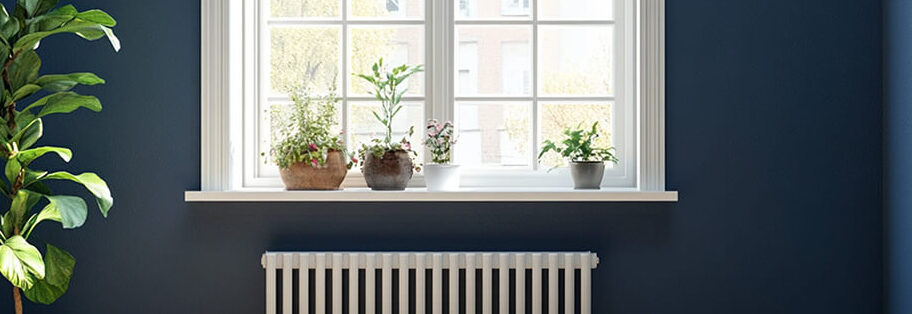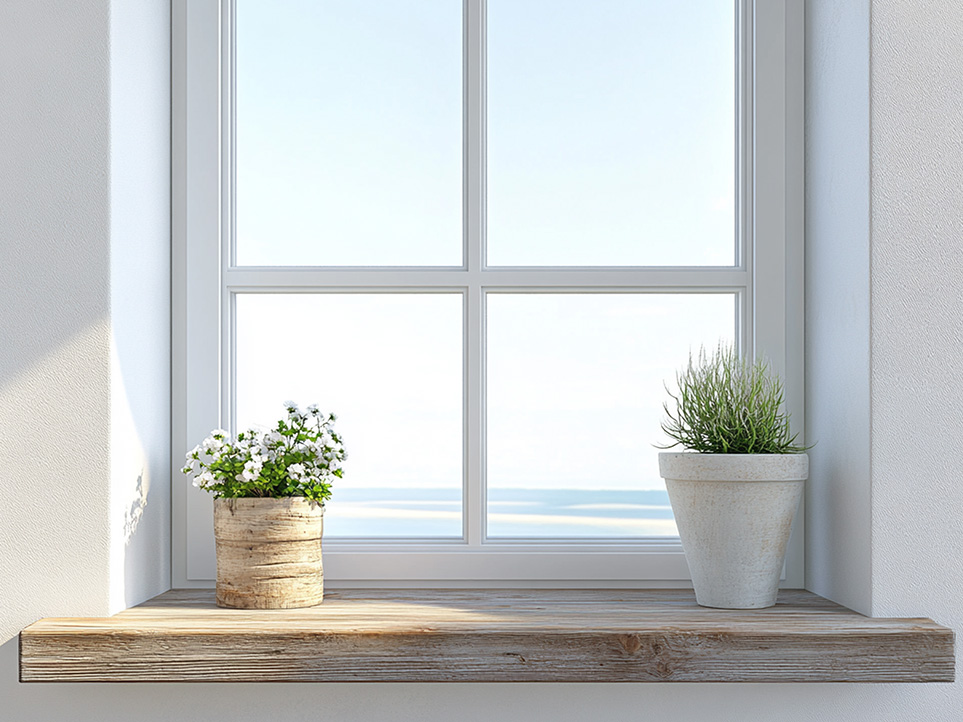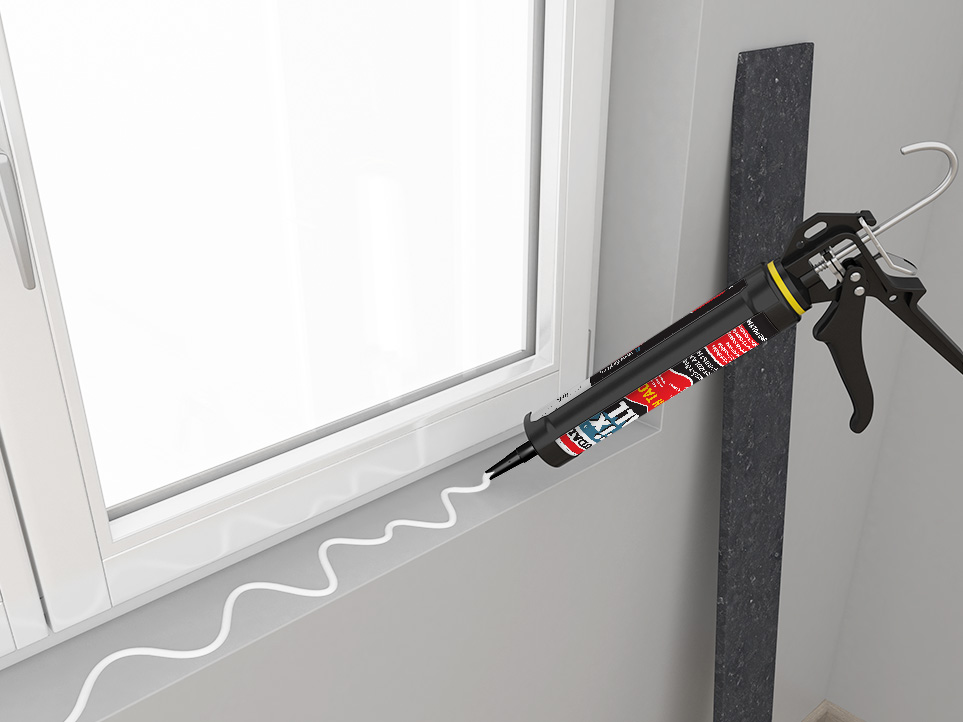
Interior Window Sill Ideas: Stylish, Functional & Easy to Install
Key Takeaways:
- Transform your window sill into a functional and decorative feature.
- Discover the best materials for long-lasting window sills.
- Learn step-by-step how to install a window sill yourself.
- Explore creative ideas such as a plant shelf, reading nook, or home office space.
Why Interior Window Sills Matter
Most people focus on the windows and frames, but the interior window sill plays a significant role in both style and function.
Functional Benefits:
- Thermal Insulation: A well-installed window sill helps prevent drafts and heat loss.
- Moisture Protection: It reduces condensation and protects the wall below the window.
- Airflow Enhancement: When placed above a radiator, it directs warm air back into the room, improving energy efficiency.
Aesthetic Impact:
The window sill frames your view and visually anchors the window. It adds dimension to the walls, enhances natural light, and can be designed to either match or contrast with your home décor for a curated look.
Creative Interior Window Sill Ideas
Here are some inspiring ideas to transform your window sill into a functional feature or decorative centrepiece:
1. Plant Shelf for Indoor Greenery
Transform your window sill into a mini greenhouse. Place potted plants, herbs, or succulents to take advantage of the natural light. It’s perfect if you lack outdoor space for gardening.
2. Reading Nook or Window Seat
Create a cosy perch by opting for a wider sill with added support and cushions. This makes for an ideal reading corner or relaxing spot.
3. Home Office Space
If you need a workspace, consider turning a wider window sill into a desk. The natural light and view provide an inspiring setting, saving you floor space.
4. Display Shelf
Use the sill as a ledge for family photos, candles, or seasonal decorations. It’s a simple way to add personality to your space.
5. Indoor Kitchen Garden
A kitchen window sill can become a mini herb garden. Grow herbs like basil, thyme, or parsley for easy access while cooking. It’s practical, space-saving, and adds freshness to your kitchen.

Choosing the Best Material for Your Window Sill
When selecting the best material for your window sill, it’s important to consider durability, maintenance requirements, aesthetic appeal, and functionality. Each material has its advantages depending on the location and style of your space. Below is a comparison of the most popular window sill materials to help you decide which is best for your home.
| Material | Pros | Cons | Best For |
| PVC / Plastic Window Sills | – Affordable- Moisture-resistant- Low-maintenance- Available in various styles and colours | – Can lack the warmth of natural materials | Kitchens, bathrooms, or areas prone to moisture |
| Wooden Window Sills | – Warm, natural aesthetic- Great for rustic or traditional interiors | – Requires occasional maintenance (e.g. oiling, varnishing) | Living rooms, bedrooms, or areas wanting a cosy feel |
| Stone or Composite Sills | – High-end look- Heat-resistant- Durable | – More expensive- Heavier (may require professional installation) | Modern interiors or homes with marble or stone finishes |
How to Install an Interior Window Sill (DIY Guide)
Installing a window sill is a straightforward DIY project if you have the right materials and tools.
Tools & Materials You’ll Need:
- Measuring tape & pencil
- Saw (for cutting to size)
- Fix ALL High Tack (construction adhesive)
- Putty knife or scraper
- Soudal Pro Gaps Fill & Paint (sealant)
- Spirit level
- Optional: Decorative trim or end caps
Installation Steps:
- Remove the Old Sill (If Replacing): Scrape off old adhesive and clean the area.
- Measure & Cut the New Sill: Use a cardboard template for tricky corners.
- Check Fit & Mark Position: Ensure it sits level and extends slightly beyond the window frame.
- Apply Adhesive: Use a strong, ready-to-use adhesive across the back of the sill.
- Fix in Place: Press the sill into place and use weights (books work well) to hold it down while it sets.
- Seal Edges: Apply Soudal Pro Gaps Fill & Paint to seal gaps.
- Finish with Trim: Add a decorative cover strip for a clean edge.
Tip: For a seating area or desk, add structural support underneath.

Design Tips: Get the Most from Your Interior Window Sill
When designing your new window sill, consider the following:
Height:
While you can’t change the window height, consider adding a step or platform for higher windows if creating a seating area.
Depth & Width:
- Standard depth: 150–250 mm (for general use).
- For seating or desks: 300–500 mm, with added support.
Style Matching:
Ensure your window sill complements the window frame, room décor, and flooring for a cohesive look.
Cleanability:
PVC is the easiest to clean, but with proper care, wood can also be maintained. Choose your material based on location and usage.
Final Thoughts: A Small Feature with Big Potential
An interior window sill may seem like a minor detail, but with some creativity, it can become a standout feature. Whether for practical use or as a decorative element, your window sill is a space waiting to be transformed.
FAQs
What’s the best material for a window sill?
PVC is great for low maintenance; wood offers a natural feel; stone or composite gives a premium look.
Can I install a window sill myself?
Yes! Basic installations are DIY-friendly. Just make sure to use quality adhesive like Fix ALL High Tack and sealant.
What’s the ideal depth for a seating window sill?
At least 300 mm, preferably 400 mm+, with strong structural support underneath.
Is a window sill necessary?
Yes. It protects walls from moisture, enhances insulation, and adds visual interest to your windows.

